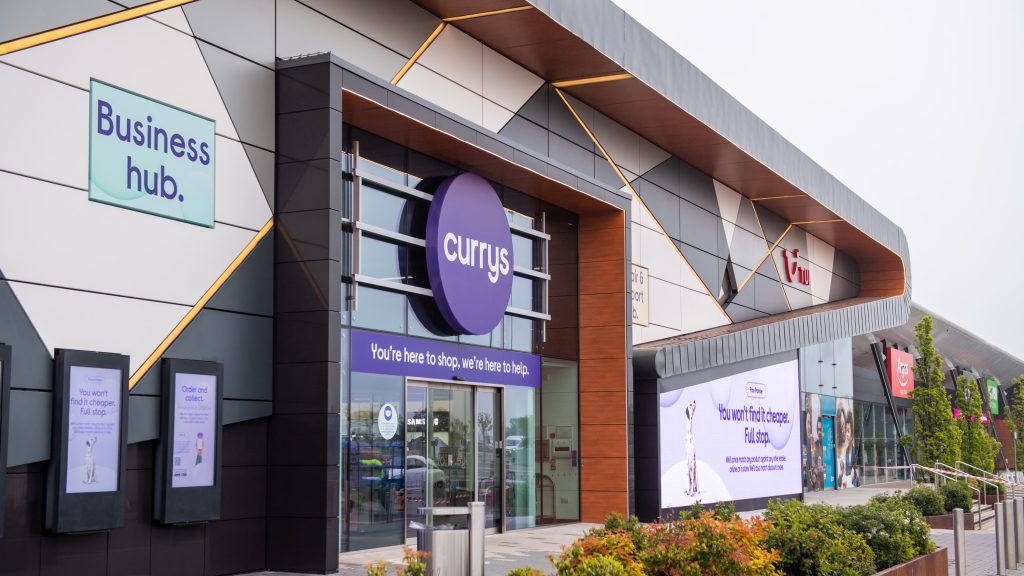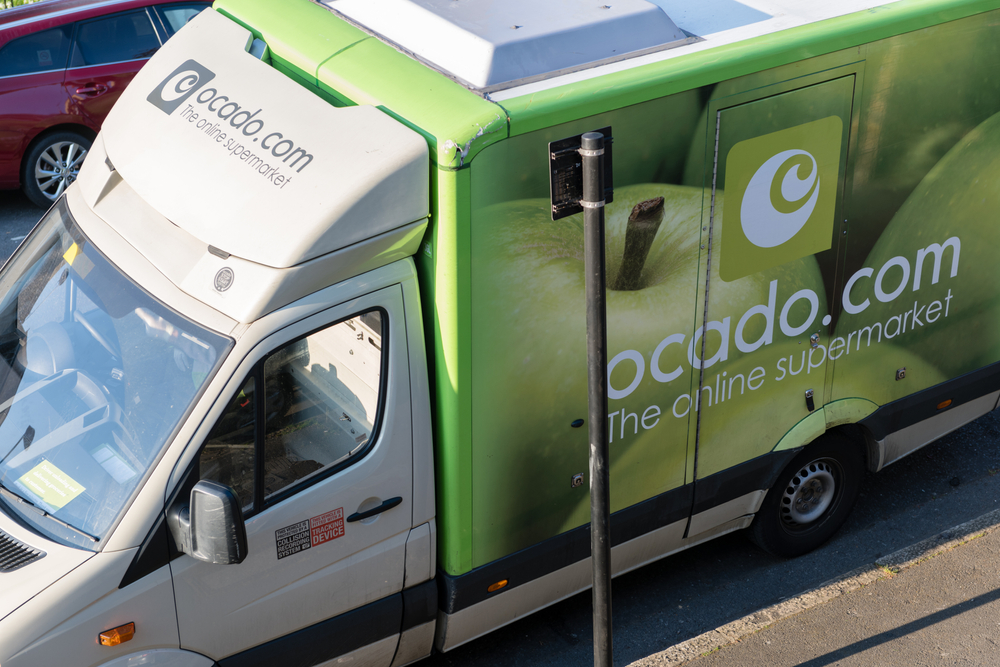Merchandise? Check. Customers? Check. Customer-centric strategies? Now that‘s an item that‘s a little bit trickier to address.
Although they may be harder to tick off in a simple box, customer-centric strategies are extremely important to get right, especially at a time when consumers have unprecedented power. In fact, today‘s consumers are super consumers – not just any ordinary breed. Their superpowers include the ability to clone themselves (shopping via multiple channels), speak abnormally loudly (for example, via social media megaphones), have an incredible range of hearing, and tap into genius-like intelligence, with easy access to the Internet and competitive product data.
So what are leading-edge retailers doing to improve the customer experience? Here‘s a checklist of important trends and differentiators to stay abreast of:
1. Measure, measure, measure.
You can‘t manage what you don‘t measure – and if you don‘t measure the customer experience, you won‘t reliably know what to improve and what impact the change(s) will have.
Just as today‘s consumer is a multichannel shopper, it‘s important to measure satisfaction in a multichannel way. Ask yourself: How are my individual channels performing? How do they interact with each other? Do they facilitate a fluid experience, or is one channel strategy undermining another? How does one channel contribute to the experience of another, and what‘s the cumulative effect? Measurement lets you connect the dots. By using a predictive technology, you can accurately identify and prioritise changes based on the effect they‘ll have on both future satisfaction and financial performance.
2. Avoid common measurement mistakes.
Get rid of the “one and done” mentality. Measurement is a continuous process, and shouldn‘t be just a reactive one. You need to measure satisfaction continuously to stay abreast and even get ahead of evolving desires, continuously delight shoppers, engender loyalty, nip problems in the bud and benchmark yourself against competitors.
Also, beware of basing decisions solely on “opt-in” feedback, which typically elicits responses from only the highly dissatisfied and highly satisfied – leaving the vast and silent majority unrepresented. Take steps to ensure the information you‘re using tells the whole story, illuminating seemingly causal relationships. It‘s also important to make sure the methodology you‘re basing decisions on is credible, accurate, dependable, actionable and predictive – enabling you to see how strategic choices will positively impact your business.
3. Online, content is king.
All too often, online retail product pages are generic – with only a photo, a one-line descriptor and the price to entice someone to add an item to their cart. Consumers, however, want more. Adding features such as image galleries, videos and demos can increase sales up to 50 percent. High-engagement features such as product Q&A can also facilitate a one-to-one conversation between a brand and a customer, and product reviews can significantly boost retailer page visibility on search engines. In addition, interactive tools like product selectors can boost conversions as much as 400 percent.
4. Strive for an omnichannel experience.
It‘s time to break down silos and give consumers what they want: a fluid, unfettered experience across channels. Shoppers view their experiences with a company as just that – an experience with a company, not with discrete channels. This omnichannel vision – an experience that focuses on search, rich information and ease of checkout – isn‘t a reality yet for many brands, but it‘s getting there. As they build it, retailers are looking toward, for example, authentication technologies to identify consumers at each touch-point, and then help customers pick up where they



























